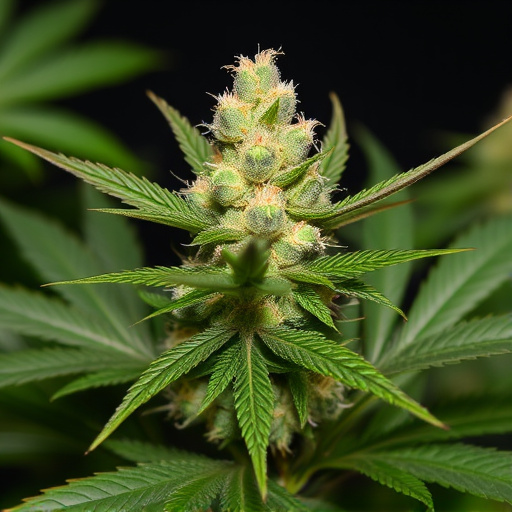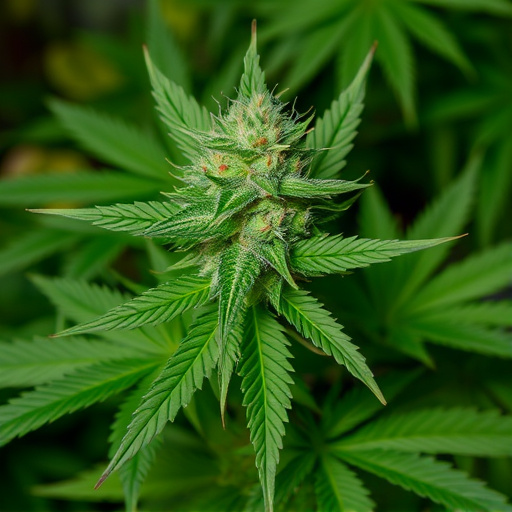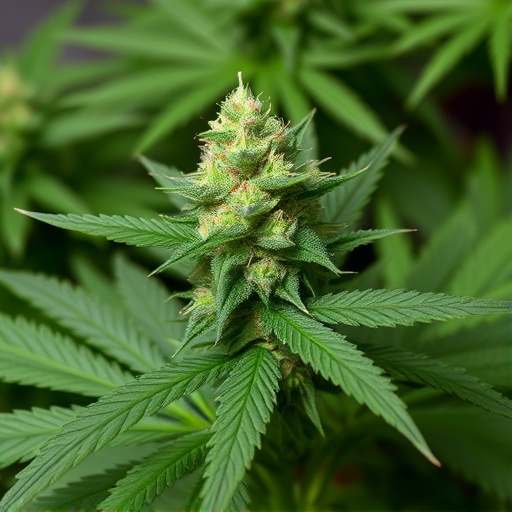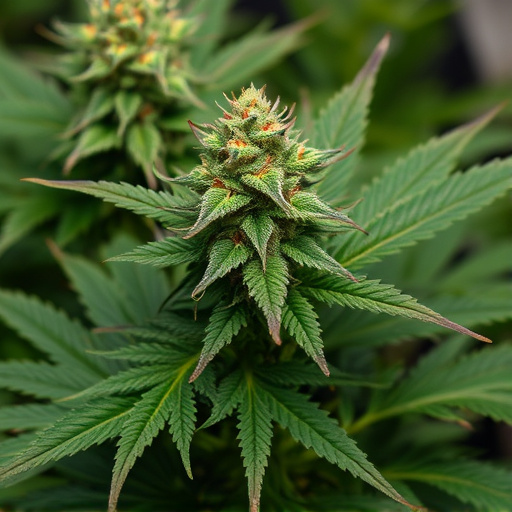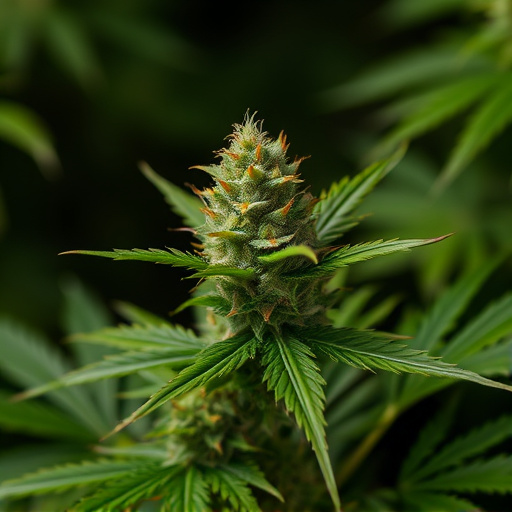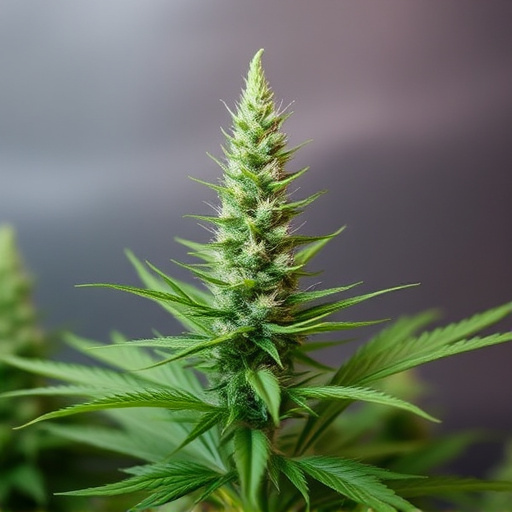Terpenes, organic compounds giving cannabis its unique aromas and flavors, interact with cannabinoids to create diverse effects in various strains. Different terpenes like myrcene (relaxing) and limonene (uplifting) offer specific mind-body impacts. Understanding terpene properties enables consumers to choose strains aligned with desired cannabis strains effects, enhancing their experience and maximizing potential therapeutic benefits through the entourage effect.
Terpenes, often overshadowed by their more famous counterparts, cannabinoids, are the unsung heroes behind the unique scents and flavors of cannabis. These aromatic compounds not only contribute to the distinct smells of different cannabis strains but also play a pivotal role in influencing their potential effects and user experiences. In this article, we’ll explore how terpenes create diverse profiles, enhancing the overall cannabis experience, and delving into their impact on the varied effects of cannabis strains.
- Terpenes: The Unsung Heroes of Cannabis Scents
- Understanding the Role of Terpenes in Cannabis Strains
- Exploring the Impact of Terpenes on Cannabis Effects and User Experience
Terpenes: The Unsung Heroes of Cannabis Scents
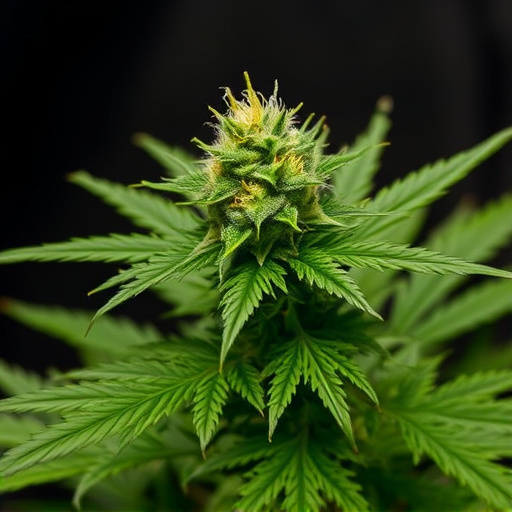
Terpenes, often referred to as the unsung heroes of cannabis scents, play a pivotal role in shaping the unique aromas and flavors we associate with different cannabis strains. These aromatic compounds, naturally occurring in many plants, are responsible for the distinct smells that make each strain recognizable. From citrusy notes to earthy tones, terpenes not only contribute to the sensory experience but also offer insights into potential effects. For instance, myrcene, a common terpene, is known for its relaxing and sedative properties, making it popular in strains sought after for evening use. Similarly, limonene, with its bright citrus scent, is linked to uplifting and energizing effects, making it a favorite among those looking for a mental boost.
Understanding terpenes provides a deeper connection to the complex world of cannabis. As researchers continue to explore their interactions with cannabinoids like THC and CBD, we gain a clearer picture of how these compounds collectively influence the overall experience, including potential therapeutic benefits, of different cannabis strains and their effects on the mind and body.
Understanding the Role of Terpenes in Cannabis Strains
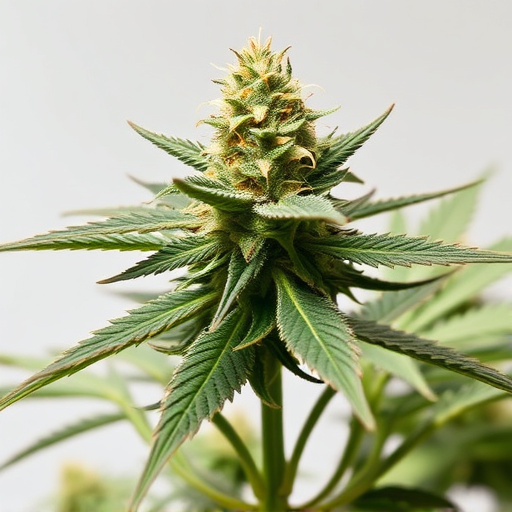
Terpenes, organic compounds responsible for the distinct aromas and flavors we associate with different plants, play a pivotal role in shaping the unique characteristics of cannabis strains. These volatile oils not only contribute to the varying scents and tastes among cannabis varieties but also interact with the plant’s cannabinoids, such as THC and CBD, to influence their effects on the body and mind.
Each terpene possesses its own set of properties, ranging from calming and relaxing to energizing and uplifting. For instance, myrcene, a common terpene in many cannabis strains, is known for its earthy, musky scent and potential sedative effects, making it popular among those seeking relief from insomnia or anxiety. Conversely, limonene, with its citrusy aroma, is linked to heightened alertness and mood elevation. Understanding the specific terpenes present in different cannabis strains allows consumers to tailor their choice to desired effects, enhancing the overall experience and maximizing the therapeutic potential of the plant.
Exploring the Impact of Terpenes on Cannabis Effects and User Experience
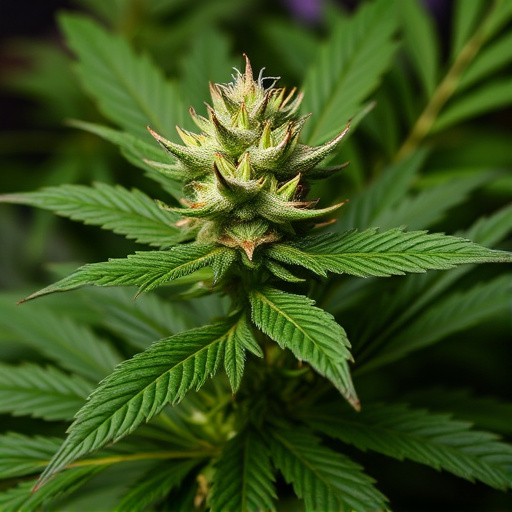
Terpenes, organic compounds responsible for the distinct aromas and flavors we associate with different cannabis strains, play a pivotal role in shaping their effects on users. These aromatic molecules not only contribute to the unique scent and taste profiles of each strain but also interact synergistically with cannabinoids like THC and CBD, modulating their impact on the body and mind. The interplay between terpenes and cannabinoids is what many refer to as the “entourage effect,” where the whole becomes greater than the sum of its parts.
Exploring the relationship between specific terpenes and cannabis effects offers valuable insights into personalizing user experiences. For instance, myrcene, one of the most prevalent terpenes in cannabis, is known for its sedative and relaxing properties, making it a popular choice for evening use to promote rest and unwind. Meanwhile, limonene, with its citrusy aroma, is linked to uplifting effects, often providing a more energizing and euphoric experience. Understanding these terpene-effect connections enables consumers to make informed decisions when selecting strains tailored to their desired outcomes, be it relaxation, focus, or stimulation.
Terpenes, often referred to as the unsung heroes of cannabis, play a pivotal role in shaping the unique scents and effects of different strains. By interacting with cannabinoids, terpenes contribute to the diverse range of experiences users enjoy. Understanding their influence allows cannabis enthusiasts to make informed choices, appreciating not just the aroma but also the specific effects these compounds impart on each strain.




